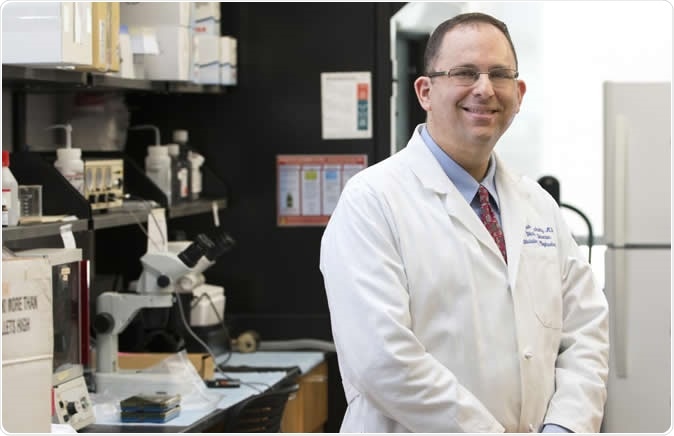
Joshua Lipschutz, M.D., director of the Nephrology Division at the Medical University of South Carolina, is one of the senior authors of the Circulation article.
Among children, the most prevalent heart valve defect is bicuspid aortic valve (BAV), affecting about 70 million people across the globe. In bicuspid aortic valve, two of the three leaflets are joined together, impairing the function of the valve. It may lead to the narrowing of the aortic valve, also termed as aortic stenosis. When this happens, it reduces or blocks blood flow from the heart to the rest of the body.
For the past years, there has been little knowledge about the genetic basis for a vast majority of BAV cases, though a few causal genes have been identified. In some cases, BAV can lead to various conditions such as calcific aortic valve stenosis (CAVS) and ascending aortic dilation. When the aorta is affected, it can lead to impediment in the blood flow to the different parts of the body.
In a new study by researchers at the Medical University of South Carolina, they may have found one reason for the development of bicuspid aortic valve (BAV). They have linked a mutation in a gene that controls the production of cilia, microtubule-based structures located at the surface of many cells.
Cilia are important structures in the body. Most cells contain cilia, which works as antennae for the cells to sense their surroundings. Cilia are composed of smaller proteins called tubulin, which are connected to the cell by the basal body. Cilia strands work together to move liquids and molecules past the cells, in a process called intraflagellar transport.
Recently, experts shifted their focus on how cilia are related to human health and the potential development of the disease.
"Up until 20 years ago, people were writing that cilia were vestigial organelles and had no function, now, there's a whole field of ciliopathies,” Dr. Joshua H. Lipschutz, a professor of medicine and director of the Division of Nephrology at MUSC and co-senior author of the research study said.
Novel insight into the origin of BAV disease
To land to their findings, the researchers performed a genome-wide association (GWAS) and replication study using more than 2,000 BAV patients and more than 2,700 healthy controls. The researchers prioritized GWAS hits.They also compared the genomes of people with BAV and those who are healthy. The most linked differences in genomes were found in or near genes that are essential for ciliogenesis regulation through the exocyst.
To determine the mutations in Exoc5, a central exocyst protein, caused diseases in other organisms, they used animal models. They found that disabling or turning off the gene for Exoc5 in zebrafish has led to severe obstruction of blood flow from the heart. As a result, it led to decreased cardiac function and even premature death.
However, when they injected the right gene sequence for Exoc5 into the animal, it prevented the formation of heart defects, hinting that mutation is a potential cause of the illness. The researchers further studied their concept of mice models. They discovered that mice with two copies of the impaired gene had died early while those with one cop of the disabled gene were born with a high rate of BAV disease and some problems in the production of cilia.
People with BAV disease had characteristic complications, such as the calcification of the aortic valve, that often hints to narrowing or stenosis of the valve opening. In the experiments, the investigators found that the mice with the disabled gene also developed the same complications, and some even had larger aortic roots.
Knowledge from the study could open the door for new therapies, providing a new target for future drugs.
Journal reference:
Fulmer, D., Toomer, K., Guo, L., Moore, K., Glover, J., Moore, R., Stairley, R., Lobo, G., Zuo, X., Dang, Y., Su, Y., Fogelgren, B., Gerard, P., Chung, D., Heyfarpour, M., Mukherjee, R., Body, S., Norris, R., and Lipschutz, J. (2019). Defects in the Exocyst-Cilia Machinery Cause Bicuspid Aortic Valve Disease and Aortic Stenosis. Circulation. https://www.ahajournals.org/doi/10.1161/CIRCULATIONAHA.119.038376






No comments
Post a Comment